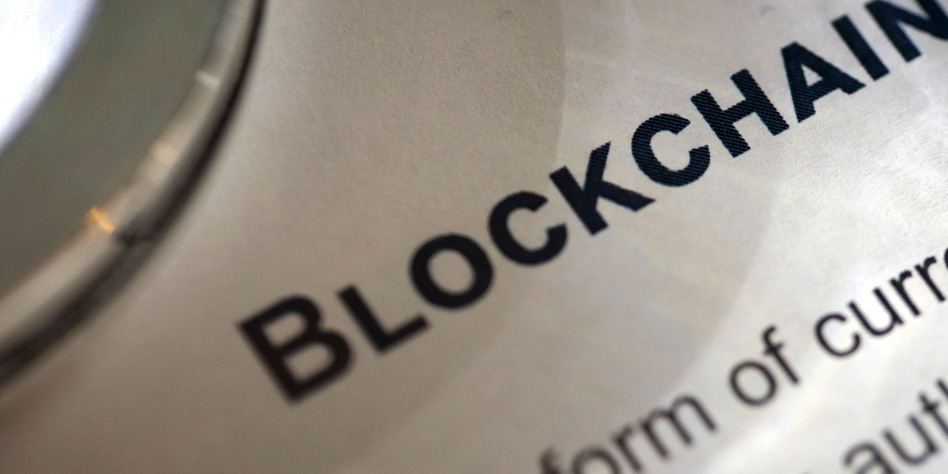
This article will show an example of a possible real-life scenario comparing how payments work using banks, transparent cryptocurrencies, and Monero. You’ll see how Monero’s cryptographic technologies guarantee privacy and anonymity compared to the first two methods.
Winston hires Clara to design a website for his business. Clara charges him $1,500.
Banks
When Winston sends payment to Clara through a bank, both of them trust their banks (third party) to complete the transaction for them. When Winston transfers money to Clara’s account, his bank subtracts $1,500 from his account. All account balances and transactions are recorded on a bank’s ledger. Winston’s bank then contacts Clara’s bank and requests to add $1,500 to Clara’s account.
This entails complete trust in banks. What happens during a bank transfer is that essentially, the “funds” paid to Clara’s account is like an IOU from Winston’s bank and that the amount is redeemable. Winston has no way to audit if his bank actually has $1,500. Most banks legally operate on fractional reserve, which is just a fraction of a bank’s total assets. Depending on how the payment was sent, transfer will be completed in a few minutes or days.
People who put money in banks may incur losses. This can happen through when a bank makes a mistake, it overextends their assets or goes out of business, the bank or an employee steal, or the bank is robbed physically or hacked.
Transparent Cryptocurrencies (e.g., Bitcoin)
The previous scenario showed how payments through banks go through several transactions that involves ledgers and trust in more than one bank. Winston will now pay Clara 0.03 in Bitcoin (BTC). Winston will send 0.03 BTC from his address (1BvBMSxxxxxxxxxxxxxxxxxxxxxxxxxxx) to Clara’s address (3J98t1xxxxxxxxxxxxxxxxxxxxxxxxxxx). Using the blockchain, where cryptocurrency transactions take place, makes payments simple, fast, lower third-party risks, and a level of anonymity is present. Unlike banks, blockchain ledgers don’t list Winston and Clara. They are only identified by their addresses.
While the names of the persons involved are not disclosed on the blockchain of transparent currencies, the addresses are. Clara can check Winston’s address and see how much Bitcoin he has. This may lead to charging more in the future (knowing how much he has) or even outright theft immediately. Clara may also be able to identify who Winston is by linking his address to his real-life identity through research.
Some people invest time in monitoring addresses and know when transactions are made. There are companies that track and deanonymize transparent blockchains. The collection of your private and financial data is then recorded and monetized by banks, payment processors, data industries, and governments. This can lead to data breaches, targeted marketing and ads, theft, or unethical use.
Monero
Winston needs to pay Clara 6.97 XMR. Clara can send Winston an invoice and provide an address or a QR code where Winston can send payment. As the transaction goes through the block chain, a one-time address is created. This is to ensure that the recipient’s real address is not recorded on the blockchain. Ring Signature obfuscates Winston’s identity, RingCT conceals the amount, and Stealth Address hides Clara’s identity. Winston and Clara may have communicated through e-mails as they conduct business and somehow have some knowledge of each other, but Clara won’t know how much Monero Winston has or what his other financial transactions are. Privacy is a given in all Monero transactions, no third-parties that you need to trust involved, and transactions are completed instantaneously (as long as sender as enough Monero).
It’s vital to know that you cannot send or receive Monero without a Monero wallet. Wallets handle the cryptographic processes. All you need to know is your seed, your addresses, and the functionality of the wallet. Monero wallets also store your coins and enable you to send and receive funds. XMRWallet is a secure web-based Monero wallet. Once you open an XMRWallet account, you will be given a 25-word mnemonic seed. The seed works as a password to your account. Write this down and secure it. Don’t share your seed with someone you don’t trust completely. It’s also important to write down both the view key and spend key and keep them in a secure place. You may need these or the seed to restore your wallet. To ensure complete privacy, remember to keep your XMR, your devices, and your network secure all the time.
